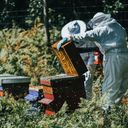
Boost your business by investing in biodiversity restoration
By investing in biodiversity restoration, your company not only helps protect critical ecosystems and wildlife but also strengthens its ESG credentials, enhances brand reputation, and meets sustainability targets.

Support European biodiversity restoration and conservation projects
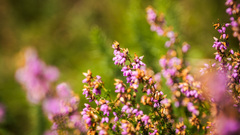
Biodiversity fund
Act globally
Ensuring ecological continuity
Maintaining ecosystem services
A global and social impact
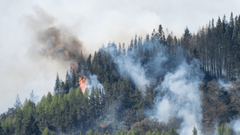
Burnt forests
Planting in degraded forests
Reducing natural risks
Carbon capture
Restoring biodiversity and natural habitats
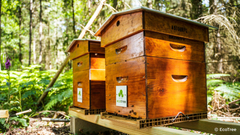
Pollination
Installation of beehives and planting of hedges
Improving agricultural productivity
Maintaining of diverse ecosystems
Ensuring the health of pollinators

Wetlands
Restoration and creation of ponds
Water purification
Erosion and flood prevention
Conserving biodiversity

Agroforestry
Planting trees, hedges and orchards
Improving soil health and fertility
Carbon capture
Support local communities
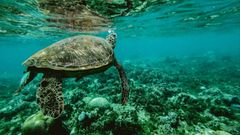
Marine biodiversity
Restoration of Posidonia meadows and mangroves
Maintaining carbon sinks
Limiting erosion, preventing flooding
Restoring marine biodiversity
Explore the Biodiversity Fund
Client success stories in biodiversity restoration
Let's improve biodiversity together
Since September 2020, H&M has donated all its paper bag sales (excluding VAT) to EcoTree, supporting more than 20 biodiversity projects in France. Among these projects, H&M is participating in the restoration of two wetlands of 3,5 ha in Brittany, the installation and management of 247 beehives and 100 nest boxes, the creation of 2 educational trails in the north and center of France, three underwater clean-up operations near Marseille and Saint-Tropez, the restoration of the burnt-down Marzols forest in south France, the planting of a wild orchard in Langonnet forest in Brittany, and the creation of a flower meadow in Préaux forest.
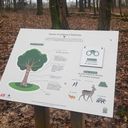
Sponsoring beehives & planting forests
Since 2019, XBEE Enzyme Fuel Technology has been an EcoTree partner, sponsoring four beehives in our Châtelain and Plouray forests in Brittany, France. The international company, which started in the same regions as the two forest projects, has also planted trees in its home region
“We are really happy about our partnership with EcoTree, happy to help bees and trees in this beautiful region, and happy to do more for our environment!"" - Ronan Pennec, CEO of XBEE

Sowing flower meadows
Rubel & Menasché helped create a 500 m2 flower meadow at Lalacelle, in Normandy, on the banks of a stream. Once a pasture, this meadow is surrounded by farmland, which can only offer limited food resources for wild pollinators. Besides providing food for pollinators, the flower meadow will also offer other benefits to the area: reducing soil erosion, enhancing the landscape, diversifying land use, and more.
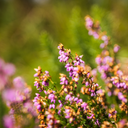
Developing agroforestry
For its 30th anniversary, Danival launched the #TousEngagés (which can be translated to #GetInvolved) operation. For every Danival product purchased at the Supermarket chain Naturalia, they donated 50 cents to EcoTree to support the restoration of agricultural ecosystems through agroforestry. This operation enabled an 8-hectare farm specialising in producing organic mushrooms to convert to an agroforestry model.

Discover our white paper 'Biodiversity & Business: The Basic Principles'
Discover our white paper 'Biodiversity & Business: The Basic Principles'
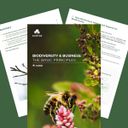
How does it work?
We help you identify the most suitable biodiversity conservation project for your business.
Our experts carry out and monitor your chosen project and how it benefits the forest ecosystem.
You and your team receive a report every year for you to learn more about your project’s progress.
You continue to get updates as your project evolves over time and we’re always here to answer questions.
Your action supports the UN Sustainable Development Goals
We are experts in sustainable forest management. The trees you buy in our forests sequester carbon and help slow the erosion of biodiversity. When you buy EcoTree trees, you actively help the planet work towards the UN’s Sustainable Development Goals and contribute to the fight against climate change.
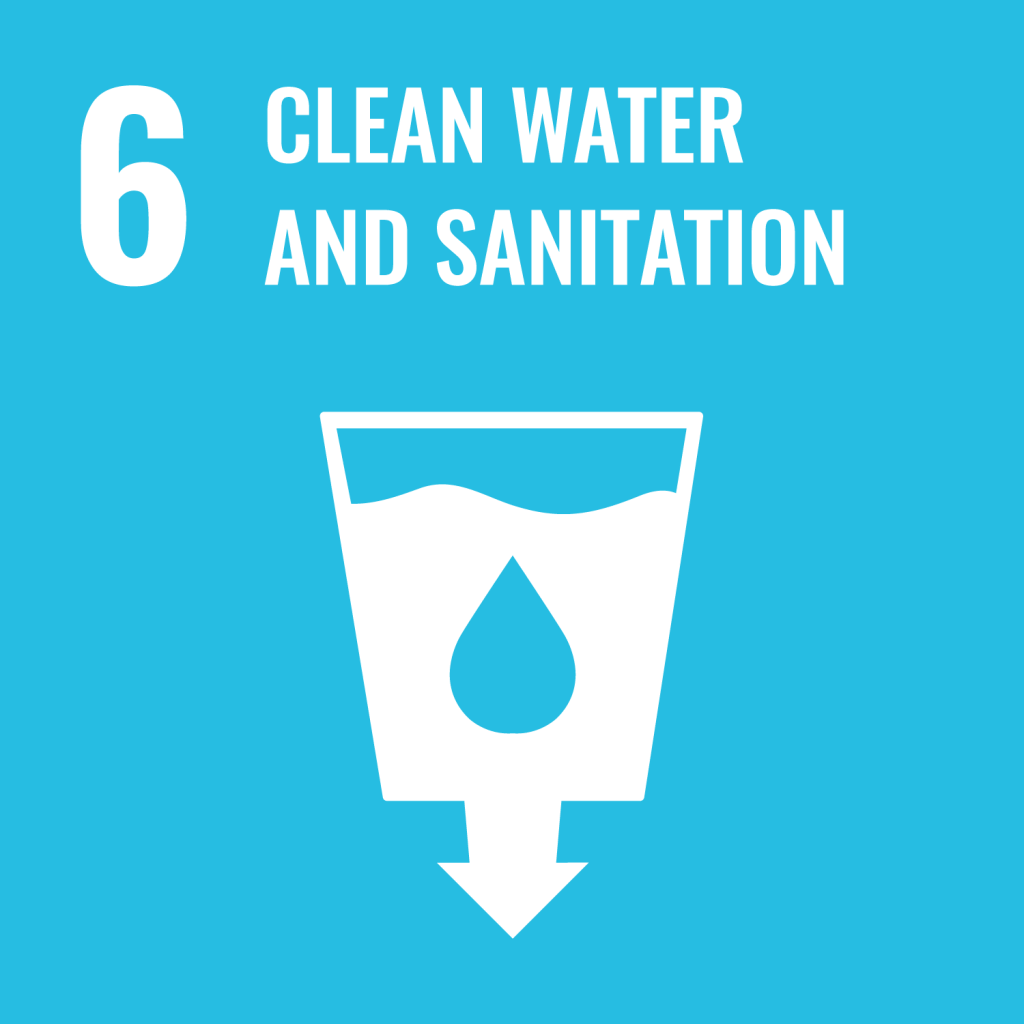

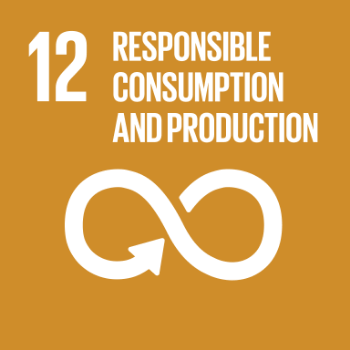
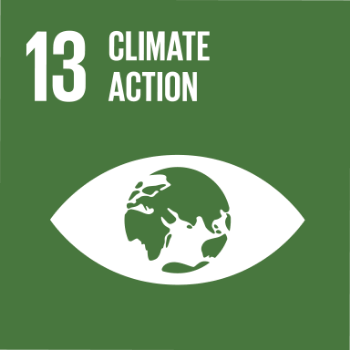
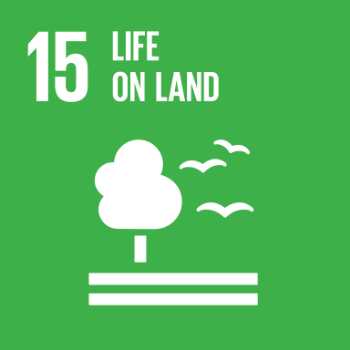
How to share your eco-responsible values with customers
Why is it important for companies to take action for biodiversity with EcoTree?
In today’s era of climate change, biodiversity is under immense threat. Businesses are uniquely positioned to make a positive impact on the environment, as their actions can both amplify and mitigate negative and positive effects. By taking responsibility for biodiversity, companies help protect ecosystems that are vital to their business resilience and contribute to long-term sustainability.
Research shows that 80% of consumers consider biodiversity practices critical when choosing brands, and 76% of employees prioritise environmental commitments when selecting employers. Furthermore, 55% of the world's GDP depends on nature’s services, yet many businesses still fall short in actively supporting nature.
By partnering with EcoTree, companies can take meaningful, impactful actions to protect biodiversity, enhance their brand reputation, and contribute to their corporate sustainability goals. Read our white paper on the correlations between biodiversity and businesses.
How can companies integrate economic growth with sustainable environmental practices?
Human activities have had a profound impact on biodiversity and climate. The challenge today is for businesses to transition from harmful practices to those that promote environmental sustainability. By doing so, companies can achieve long-term economic growth while preserving natural resources.
Companies can play a pivotal role in this transformation by taking concerted action to preserve nature. Although challenging, leveraging human ingenuity to develop innovative solutions that reconcile economic growth with environmental protection is possible.
Businesses should emphasise recycling raw materials to reduce the strain on natural resources. Additionally, adopting practices that promote efficient and mindful use of natural resources and technological tools is essential. Investing in and developing new technologies that minimise environmental impact will further support this goal.
Regulatory frameworks should facilitate the emergence of "clean" technologies without giving undue advantages to established companies. By capitalising on natural assets to stimulate growth, businesses can help reconcile economic progress with the protection of forests and biodiversity. Addressing the loss of biodiversity will have a positive impact on the economy, and by halting this loss, we can enhance economic growth. By integrating these strategies, companies can lead the way in conserving biodiversity, while continuing to grow economically, benefiting both the environment and their long-term sustainability.
What are the consequences of biodiversity loss?
The loss of biodiversity has considerable consequences for nature and, therefore, for our health and our economy. According to the IPCC, approximately 30% of animal and plant species are threatened globally. Moreover, since 1970, there has been a 70% increase in invasive alien species in the 21 countries that have studied this issue, according to the IPBES.
It is also worrying that 500,000 out of 5.9 million terrestrial species no longer have a natural habitat that would enable them to survive in the long term unless it is restored. According to the IPBES, some 75% of terrestrial environments and 40% of marine environments are considered to be 'severely altered' by human activities. Under these conditions, the sixth mass extinction currently underway poses a direct threat to our survival.
In 2021, a World Bank report estimated that the collapse of specific ecosystem services provided by nature (pollination by wild species, food from marine fisheries, wood from natural forests, etc.) could reduce global gross domestic product (GDP) by 2,700 billion dollars a year between now and 2030. However, a study published in March 2024 in the journal Science suggests an alternative method for calculating the cost of biodiversity loss, estimating that it could be significantly more costly. The present value of ecosystem services would be revised upwards from 130% to 180%!
Why should a company measure its impact on biodiversity?
Extra-financial reporting regulations make it compulsory for certain companies to publish their environmental investments and actions. Eventually, all companies will have to demonstrate that they have met their obligations through extra-financial reporting.
Investors are increasingly looking at the impact of the companies in which they invest their funds. In addition, as was the case for carbon emissions, companies that are not yet obliged to provide extra-financial reporting on biodiversity tend to do so voluntarily. This marginalises companies that do not consider this and makes it increasingly difficult for them to borrow or apply for investment.
While the ISSB is developing the global reporting baseline, the Task Force for Natural Disclosures (TFND) provides a risk management and disclosure framework that enables organisations to report and act on evolving nature-related risks and opportunities, with the ultimate aim of supporting a shift in global financial flows to produce positive outcomes for nature, rather than negative ones. It is in the very perpetuation of companies to comply with these regulatory obligations.
How important are forests in conserving biodiversity?
Forests are crucial in conserving biodiversity, since they are home to 80% of the Earth's terrestrial biodiversity. Forests are complex ecosystems where interactions between insects, fungi, birds and mammals contribute to the Earth's overall health. We are restoring and conserving biodiversity by taking action in our forests through sustainable management. Through the continuous-cover mixed forestry we are developing, we are conserving and supporting biodiversity and the ecosystem services it provides, particularly its ability to capture carbon. By encouraging the growth of healthy trees of varied species, we also promote all aspects of life on Earth.
In forests, there are many different ways to take action to conserve biodiversity. Companies can support our actions to protect wetlands or pollinators. They can also finance the conservation of habitat trees and islands of senescence. Our holistic approach to forestry enables us to preserve nature's diversity and richness. Conserving biodiversity through forests (which capture CO2) is one of the best ways to safeguard biodiversity and combat climate change.
What are the societal benefits of enhancing and conserving biodiversity?
According to the Food and Agricultural Organisation (FAO), the ecosystem services provided by natural environments have an estimated financial value of 125,000 billion dollars. By considering biodiversity and preserving ecosystems, we can increase global GDP by 490 billion dollars each year. Proper biodiversity management also makes it possible to preserve the natural balance, protect species' habitats, and ensure the sustainability of ecosystem services that are essential to our society.
Furthermore, respect for nature's diversity is synonymous with a healthy world. When the balance of ecosystems is disturbed, certain diseases and natural disasters such as storms, floods, droughts, and fires emerge, and human societies are weakened. On the contrary, when civil society (governments, businesses, individuals) takes care of nature and preserves its environment, peace and prosperity become possible.
What solutions does EcoTree offer to restore biodiversity?
EcoTree offers various types of action to protect and restore biodiversity. By investing in our continuous cover mixed-species forestry management projects, you are helping to create habitats conducive to developing flora and fauna. We also offer practical measures such as restoring forest ponds, planting melliferous species, planting flower meadows, conserving tree habitats and installing nest boxes.
We invite companies to contribute to these actions, which they can monitor from their customer area on our website. Any company that works with us to conserve biodiversity also receives a detailed account of the actions taken in the annual forestry report we publish every year in June.
To promote biodiversity, we measure the positive impact of our forest actions by systematically carrying out inventories of flora and fauna. We also work with 22 local partners to develop projects to conserve and restore biodiversity.
Before taking any action, we carry out an Index for Biodiversity Potential (IBP), where we commission ecological inventories of the species present and absent and then measure their evolution at the same time in subsequent years. This approach encourages the presence of the flora and fauna that are or should be present in our forests.
Which companies can take action to conserve biodiversity?
All businesses can take action to protect biodiversity. Their action starts by reducing their impact on natural environments. It is important to be aware of the impact of our daily actions on biodiversity. Once these have been reduced, it is possible to take action to restore threatened or fragile ecosystems.
In this way, every company can do its bit for the diversity of living species. With this in mind, we have developed a biodiversity fund that any company can contribute to if it does not have the means to support an entire project. By contributing to this fund, every company receives a certificate of funding and a forecast of what its contribution will amount to, bearing in mind that, under this specific fund, €1,000 contributed will enable around 200 m2 of biodiversity to be restored. When the fund closes, at the end of the year, the company receives an annual biodiversity report detailing its contribution to the fund, as well as the changes observed in the fauna, flora and related ecosystems and the impact indicators linked to its financing, which can be used in the various reporting frameworks.